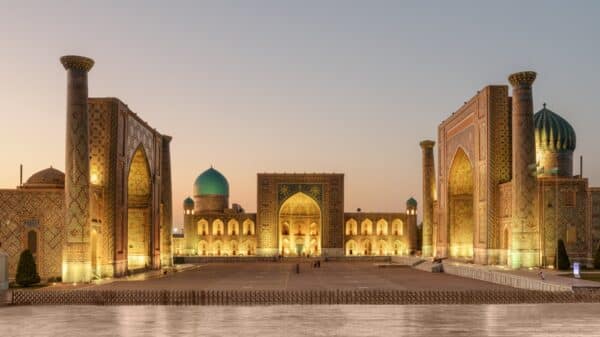As we age, our bodies inevitably change, often leading to unwelcome transformations in muscle mass and strength. However, many of these changes are not permanent. While maintaining and gaining muscle becomes more challenging as we grow older, understanding why this happens and what steps to take can make a significant difference. Here are key insights on how to effectively preserve muscle mass as you age.
The Essential Role of Strength Training
Muscle loss, known as sarcopenia, is a common issue that occurs with age. To combat this decline, strength training should be a fundamental part of your fitness routine. Engaging in resistance exercises—whether it’s squats, push-ups, or weightlifting—stays crucial for muscle fiber stimulation. Aim for two to three full-body sessions each week, incorporating both compound and accessory movements. Consistency is paramount; missing training sessions can hinder progress significantly. Even simple bodyweight exercises can yield positive results, making strength training accessible to everyone, regardless of their fitness level.
Nutrition: The Fuel for Muscle Maintenance
Proper nutrition is indispensable for muscle growth and repair, particularly protein. As we age, our bodies may not utilize protein as effectively due to an increase in anabolic resistance, meaning we need more quality protein from sources like lean meats, fish, and dairy. Distributing protein intake evenly throughout the day can enhance muscle absorption and synthesis. Pairing resistance training with adequate protein consumption maximizes muscle development, making proper nutrition just as important as the workouts themselves.
Incorporating Cardiovascular Fitness
While strength training is essential for muscle growth, cardiovascular exercise shouldn’t be overlooked. Cardio promotes better circulation and heart health, enhancing endurance that benefits strength training sessions. For those who may experience joint discomfort, low-impact options like swimming, cycling, or brisk walking can provide effective cardiovascular training. A balanced fitness routine that combines both cardio and strength exercises not only protects your joints but also supports overall health as you age.
Balancing Hormones for Optimal Muscle Health
Hormones significantly influence muscle maintenance, with testosterone and growth hormone being critical players. As individuals age, testosterone levels typically decline, leading to slower muscle repair and diminished energy. Lifestyle choices, such as stress management and adequate sleep, play a key role in maintaining hormonal balance. For some, dietary supplements may help address hormonal imbalances. Focusing on both your training regimen and hormonal health can create a supportive environment for muscle preservation.
The Importance of Mobility
Mobility exercises are an often-neglected element of fitness but are essential for maintaining flexibility and function. Aging frequently brings stiffness and reduced range of motion; therefore, incorporating stretching routines and mobility drills can prevent injuries and enhance overall movement quality. Practices like yoga or Pilates improve posture and balance, ensuring you can perform strength training exercises with proper form, thus safeguarding against injuries over time.
Prioritizing Recovery and Rest
As we age, proper recovery becomes increasingly critical. Muscles take longer to heal, and inadequate rest can lead to injuries. Quality sleep, ideally between 7-9 hours nightly, is vital for recovery, as it is during sleep that growth hormones are released and tissues repair. Active recovery methods, such as light cardio, can also be beneficial; just ensure to maintain a level of intensity that listens to your body’s signals.
Sustaining Consistency for Long-Term Results
While motivation can swing with occasional bursts of energy, muscle maintenance relies heavily on consistency. Regular workouts, balanced nutrition, and sufficient sleep must be prioritized to prevent accelerated muscle loss. A well-structured week complete with planned activities helps cultivate lasting habits. Adopting a holistic approach that includes social engagement and stress reduction can significantly enhance your quality of life and maintain physical capacity as you age.
While it may be unrealistic to expect to reach the same strength levels of your youth, the strategies mentioned can help you create a new personal best. Aging can be approached with vigor, fostering independence and better health by maintaining muscle mass through informed and timed efforts.
Image Source: Unsplash





























